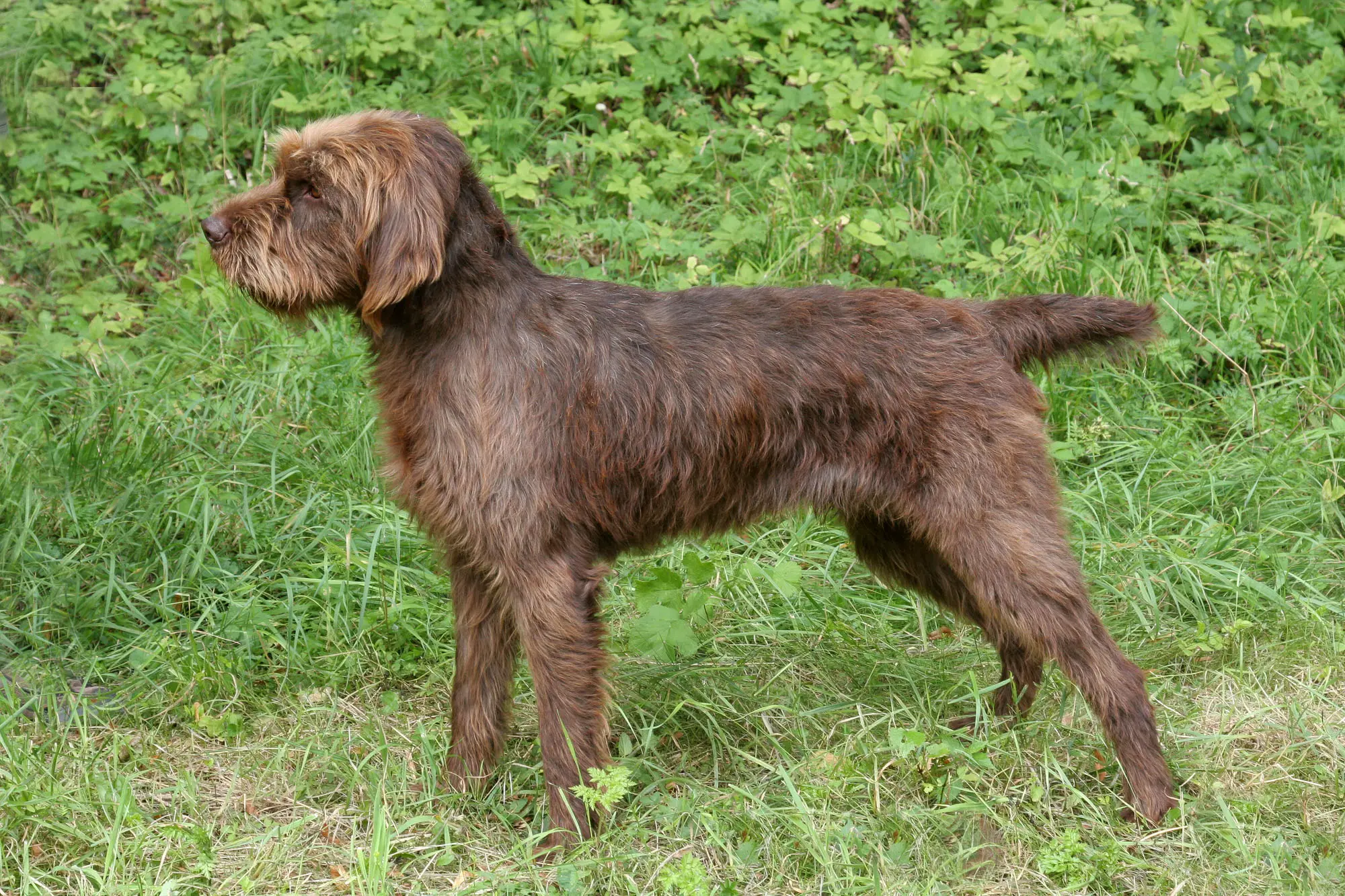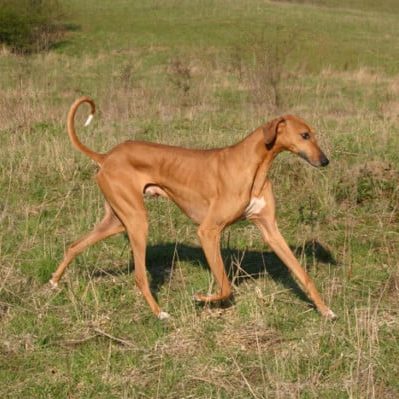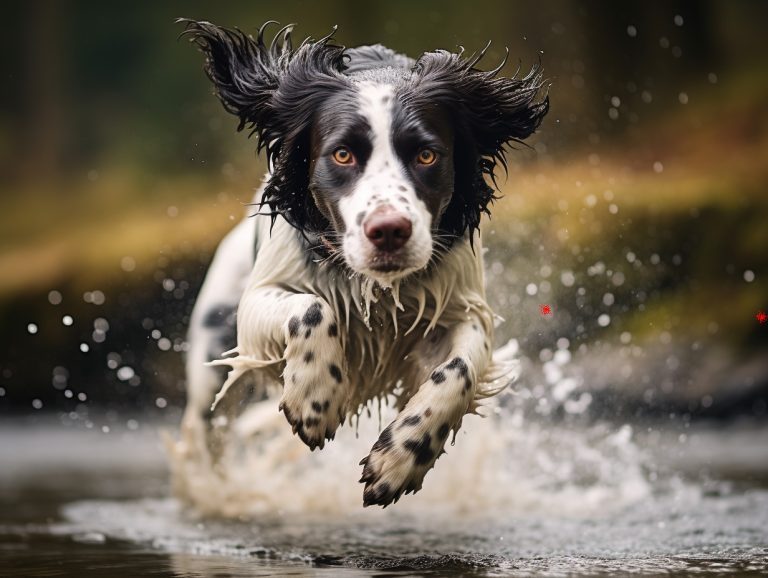Papillon: Great Little Companion
History

The Papillon (les papillon) in French, meaning “butterfly,” is one of the oldest toy spaniels. It gets its name from how its long, fringed, and upright ears give them a distinctive butterfly-like appearance.
A Papillon with floppy ears is called a Phalene. Phalene is a French term that means moth.
Both varieties of Papillon dogs are still around today, some with floppy ears and others with stiff, erect ears. Although today’s Papillon dog owners prefer upright ears, both types can occur in the same litter.
The nobility loved dwarf spaniels, and Italy and Spain gained a reputation for breeding dwarf Spaniels over time. Louis XIV imported hundreds of these tiny canines because he was so fond of them.
The Pap’s history and long association with royalty have led to many stories about the breed. Marie Antoinette is said to have walked to the guillotine clutching her small dog under her arm. This is an unlikely story since she had her hands tied behind her back when she was led to the guillotine. However, her Pap dog, Thisbe, faithfully stayed outside the jail where the unfortunate queen was held while she awaited her beheading.

The little french papillon was painted by Titian in numerous well-known works starting around 1500. Artists painted Papillons, including Rubens, Rembrandt, Goya, and Toulouse-Lautrec. The “Titian spaniels” and those portrayed by later artists had the drooping ears characteristic of today’s Phalène. The erect-eared appearance did not become fashionable until the end of the 19th century.
The Titian spaniels were also exclusively red-and-white in coloration, in contrast to the many recognized colorations of today’s Papillon.
Paps were adoring and devoted companions for aristocratic women, and for hundreds of years, these lap warmers were a significant favorite in the courts of Europe. In keeping with the Renaissance craze among nobles for a miniature of their favorite breeds, Paps was created by breeding existing toy breeds with spaniels.
Recognition by Kennel Clubs

The first Papillon was registered with the AKC in 1915. When the Papillon Club of America became the official breed club, the AKC recognized the Papillon in 1935. In 1999, a Pap called “Kirby” became the first Papillon to win “Best in Show” at the annual Westminster Kennel Club dog show. In 2019, “Dylan” became the first Papillon to win Best in Show at Crufts.
The Phalène is a distinct breed in countries where owners follow FCI regulations. The AKC considers the Phalène a subspecies of the Papillon.
Some Paps have erect ears, whereas others—the Phalene type—have ears that droop. By the middle of the 20th century, the erect ears had many more fans than the Phalene, which fell so far in popularity that it was in danger of extinction. However, it had enough fans, so it is still around today.
Personality
The Pap is one of the most obedient and teachable toy dog breeds. These dogs are friendly toward people and other animals and are also kind, playful, and enjoyably playful. They are friendly with almost everyone they encounter, including animals. These dogs get along great with kids, but their small stature could get hurt if playtime gets too rough. They can make wonderful family pets, but they should be supervised around young children.
This breed needs rigorous training and mental stimulation to avoid boredom-related behavioral problems. Dr. Stanley Coren, a specialist in animal intelligence, claims that Paps are among the top ten most intelligent dogs, coming in at number eight out of 138 breeds studied.
Paps can also be quite affectionate and excellent companion dogs. They enjoy sleeping in an owner’s arms while possessing the passion and drive to keep up with active families. Due to their barking to notify their owner, they are excellent little watchdogs. They might be regarded as very noisy, like many other toy dogs.
They can resist heat, but because of their single-coated fur, they are more susceptible to cold temperatures and shouldn’t be left outside unsupervised in the winter.
Caring For Your Papillon
Games and mental stimulation are essential for these dogs. You may quickly meet your dog’s activity needs with a regular leash walk and training exercise. You should always expect your Papillon to sleep indoors.
Because they don’t have an undercoat, Paps require remarkably little maintenance for a breed with long, silky hair. It’s okay to groom every month or so. Between thorough grooming sessions, you might want to spend a few minutes brushing the “culottes,” or thigh hair, behind the ears and inside the rear legs since mats frequently form there. Every few months, or if it gets very muddy or dirty, Papillons will need baths.
The dewclaw, which can curve and penetrate the leg, grows swiftly on the Papillon and should be periodically clipped. Finally, maintaining regular dental hygiene is essential.
Health
A healthy Pap can live for 14 to 16 years on average. Some of these canines can live up to 17 years. Papillons have only minor health concerns, although patellar luxation, seizures, and dental problems can occur. Additionally, they can be at risk for progressive retinal atrophy, intervertebral disk disease, and allergies.
Where To Get A Papillon
Providing a home for a needy or older dog is one possible way to get a Papillon. However, adoption from a shelter is probably not free. Adoption fees typically include immunizations, first-house inspections, and other veterinary treatments like spaying or neutering.
Because of their disposition and fiery personalities, Paps may occasionally end up in shelters. A comfortable and loving home for the remainder of their life is one of the most generous presents you can give an older dog. However, you’ll rarely discover a Papillon puppy in a shelter, so you’ll probably need to contact a breeder if you’re intent on getting a puppy.
However, not everyone looking for a toy breed should get a Papillon. For instance, they are not the best option if you want a quiet, cuddling lapdog. Most Papillons are energetic, curious dogs, especially when they are young. They dislike being stationary for extended periods.
Small dog breeds usually do not remain in shelters for long, so you may have to get one from a breeder. If you want a puppy, this will almost certainly be the case. You should expect to pay 500-1500 dollars for a puppy. The Papillon Club of America, Inc. maintains a list of breeders you may find helpful in your hunt for a puppy.






